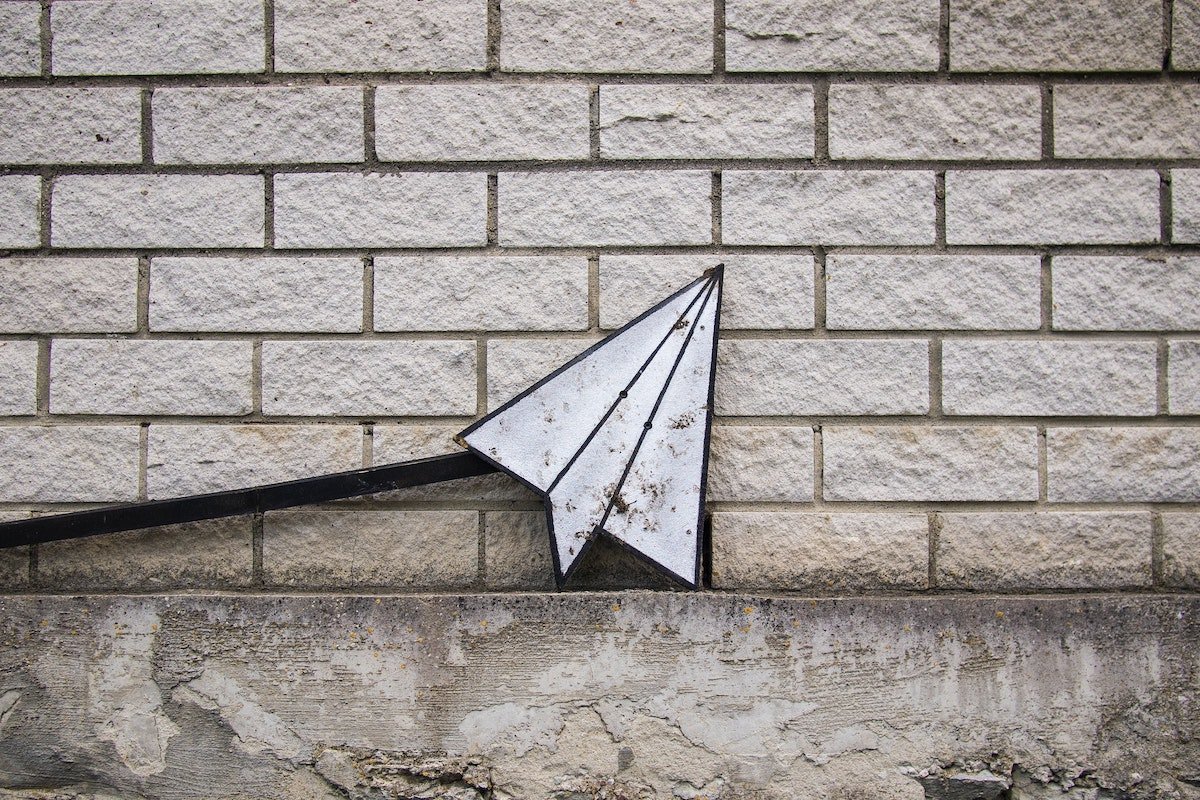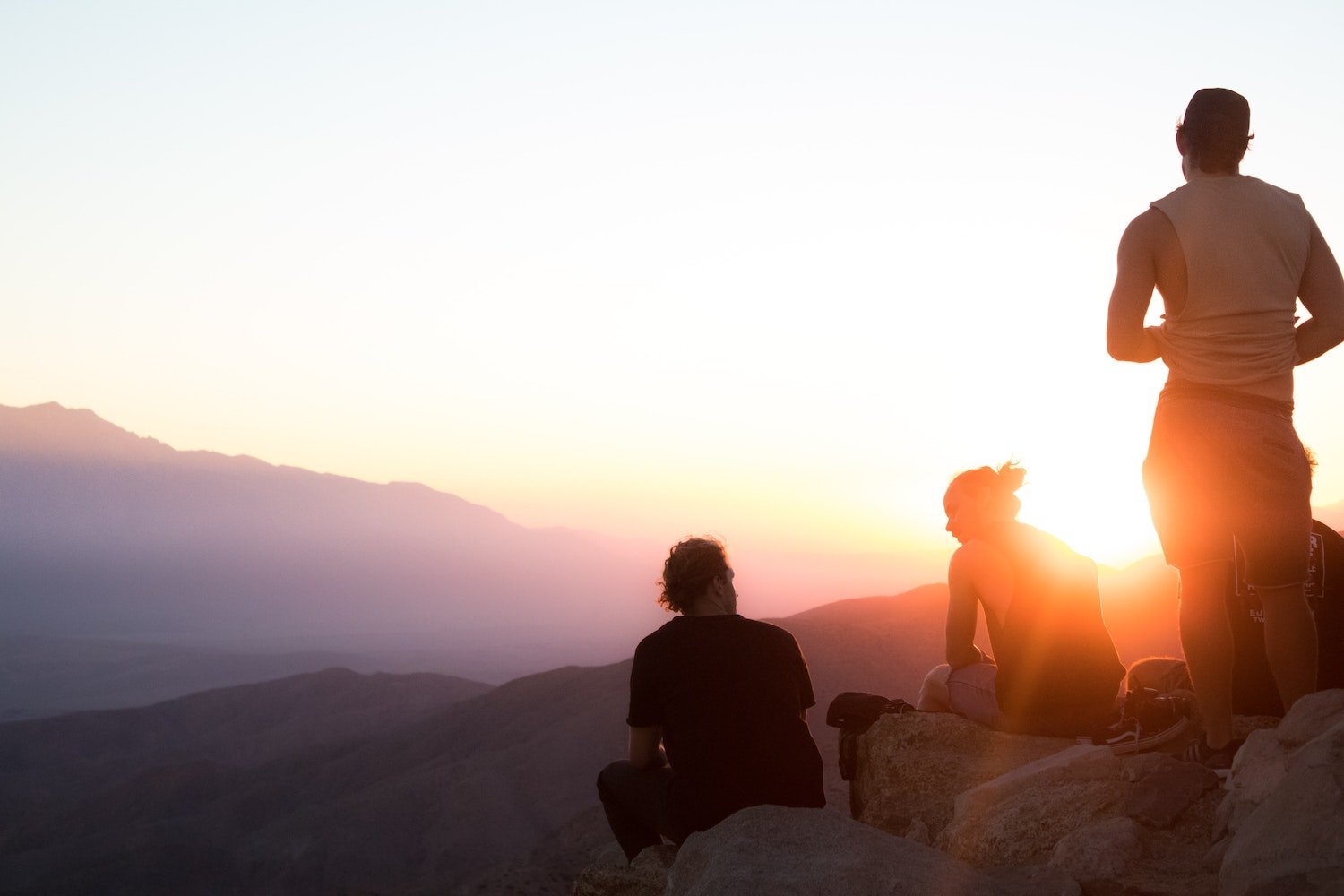George Liele: A Missions and Church Planting Name You Should Know
On the list of missionary greats, names like Annie Armstrong, Lottie Moon, Adoniram Judson, and Wiliam Carey easily come to mind. But have you ever heard of George Liele?
As a former slave turned Baptist preacher, church planter, and missionary, George Liele is a figure we should all know. Learn a little about this missions pioneer in the video below:
Before Annie Armstrong started mobilizing women for missions in 1894. Before Lottie Moon left the US for China in 1873. Even before William Carey—who most consider the father of the modern missions movement—left England to go to India in 1793, God moved George Liele from Virginia to Georgia and then to Jamaica to advance the gospel.
George Liele was originally born a slave in Virginia before the Revolutionary War. He heard and received the gospel at a White church alongside slave owners, his slave owner, and other slaves.
Immediately, he began sharing the gospel with anyone who would listen. George Liele spread the gospel through slave quarters and plantations. Later, he moved to Georgia just before the Revolutionary War. Eventually, his owner, who was a deacon at their church, freed him because he saw God working so powerfully through him.
George Liele became the first Black Baptist ordained to preach in all of America. He also planted the first African-American Church in North America—which you can still visit in Savannah today.
As the Revolutionary War was ending, Liele evacuated to Jamaica rather than risk being re-enslaved in the American South. Despite opposition and even arrest in Jamaica, George Liele was able to baptize 500 people and establish a strong church during his eight years of preaching there.
This is why George Liele is a missions and church planting name worth knowing!
Marie Burrus is a UBA church consultant. Her primary responsibilities are consulting on missions, engagement, and church communications. She also manages, edits, and contributes content for UBA's blog, website, and social media outlets.
Photo by Elianna Gill on Unsplash










How Houston students are going to the mission field through IMB gap year programs.